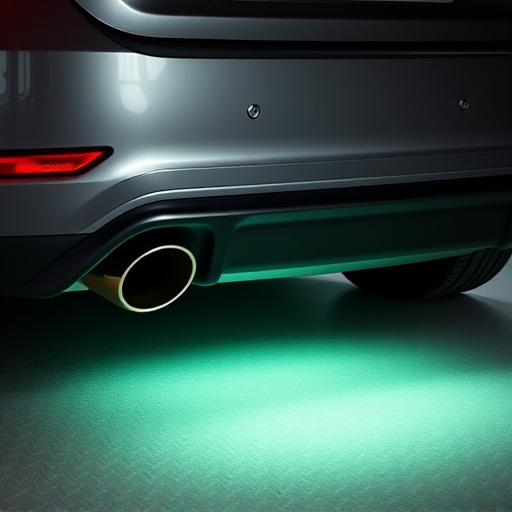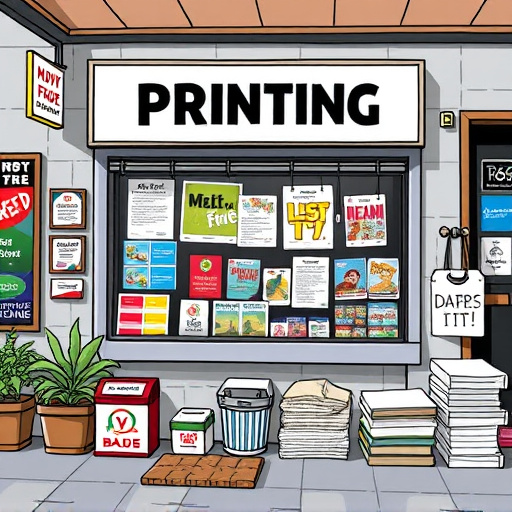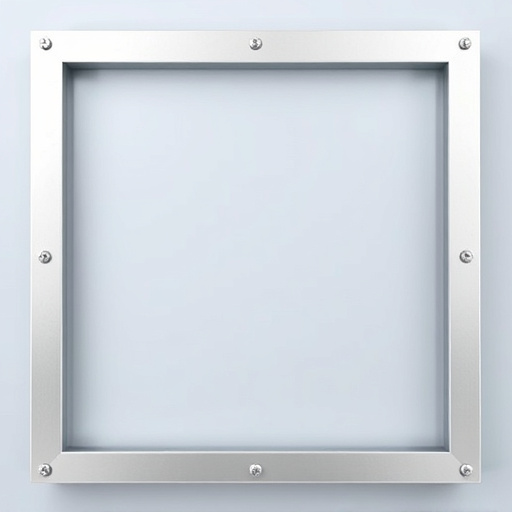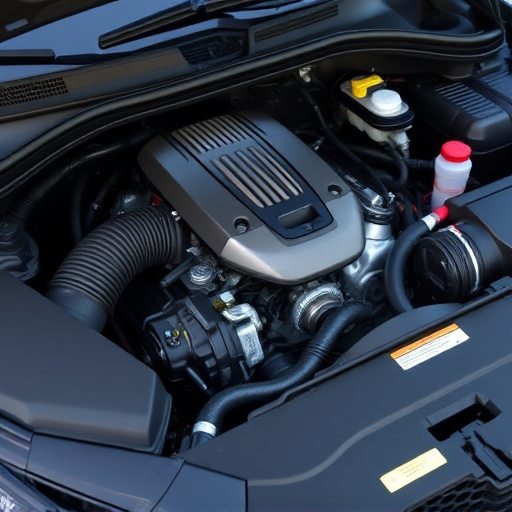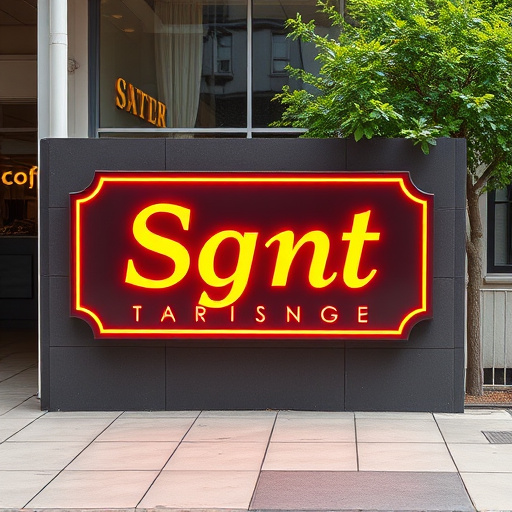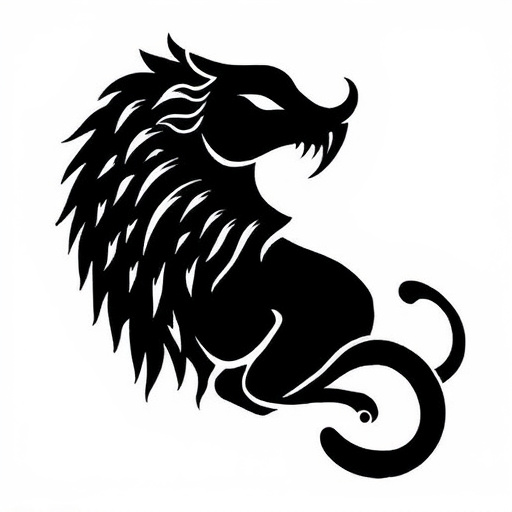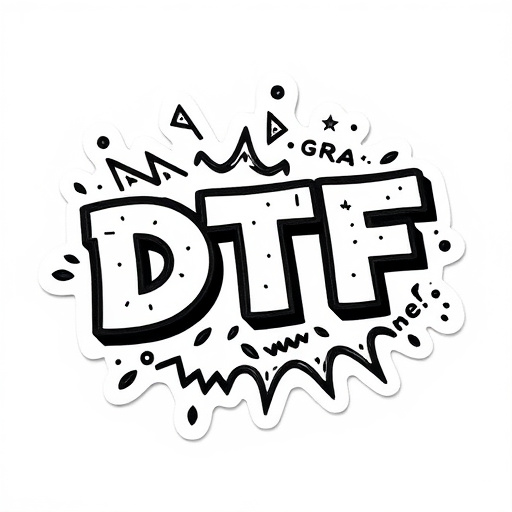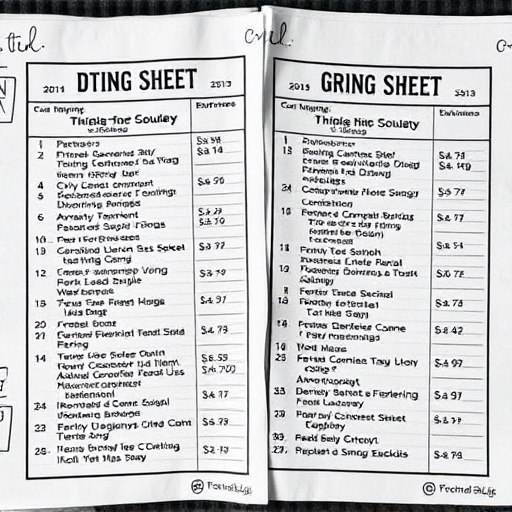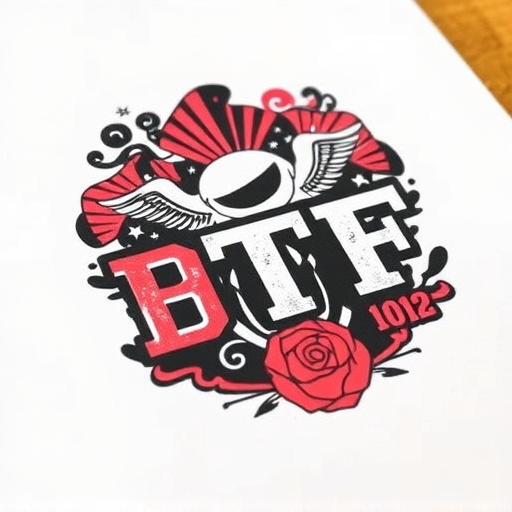Identifying and addressing common DTF Transfers Printer issues is crucial for quick troubleshooting. Misalignments, under/over-exposure, and film adhesion problems can be caused by improper setup, defective equipment, ink quality, or incorrect application. Regular maintenance checks, including nozzle cleaning and using high-quality cartridges, prevent these issues. Paper jams and misfeeds can be fixed by aligning paper correctly, cleaning the printer regularly, and using recommended DTF printing paper. Persistent problems may require inspecting the print head for clogs and ensuring sensor cleanliness.
Struggling with DTF transfer printer issues? This comprehensive guide tackles common problems head-on, from ink levels and paper jams to connectivity glitches and print quality woes. We break down step-by-step troubleshooting solutions, including restarting your printer, cleaning print heads, aligning printing plates, and more. Dive into advanced techniques like calibration, environmental checks, and regular maintenance for swift and lasting fixes.
Identifying Common DTF Transfer Printer Problems
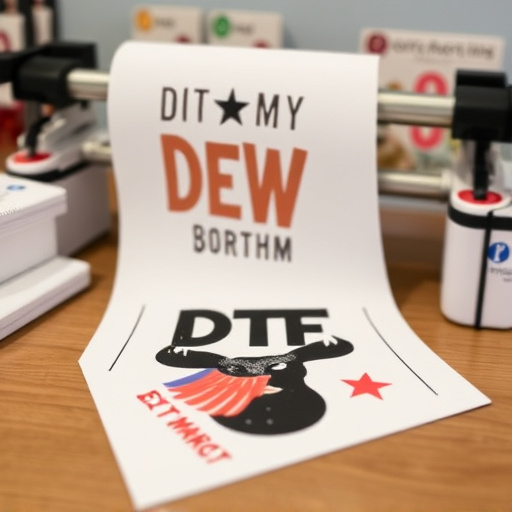
Identifying Common DTF Transfer Printer Issues is a crucial first step to quick troubleshooting. One frequent problem encountered with DTF Transfers Printer involves misalignments, leading to off-center or distorted prints on clothing or fabrics. This issue often arises from improper setup, defective equipment, or slight adjustments during the printing process. Another common challenge is under or over-exposure, resulting in faded or excessively dark dtf prints. Factors such as ink quality, print head calibration, and exposure time settings can contribute to this problem.
Additionally, issues with DTF transfer film adhesion are not uncommon. Proper application of the film is key; improper placement, inadequate pressure during pressing, or using incompatible film types can cause peeling, bubbles, or other transfer imperfections. For clothing brands relying on logos dft for their products, ensuring consistent and high-quality prints is paramount. Regular maintenance checks, including cleaning the print head, calibrating equipment, and checking settings, are essential to avoid these common DTF printer problems.
– Out of ink or toner
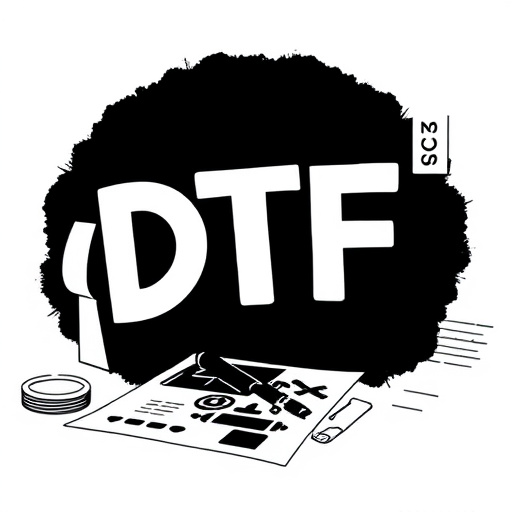
One of the most common issues with DTF (Direct to Fabric) printer transfers for custom t-shirts and other garments is an out-of-ink or toner problem. This can be incredibly frustrating, especially when you’re in a rush to complete an order. To quickly troubleshoot this issue, start by checking the ink levels or toner in your printer. Most modern printers have indicators that show when the cartridge needs replacing. If the indicator lights are on, it’s time to install new ink or toner. Ensure you use high-quality cartridges compatible with your specific DTF printer model for optimal results and to avoid future issues.
Regularly maintaining your printer by cleaning the nozzles and heads can also prevent clogs and ensure consistent ink flow during DTF transfers. Many printers have built-in cleaning functions that can be run periodically, or you can use dedicated cleaning solutions available in the market. By keeping your printer well-maintained, you’ll reduce the chances of experiencing an out-of-ink situation during a crucial print job, ensuring smooth DTF for t-shirts operations every time.
– Paper jams and misfeeds
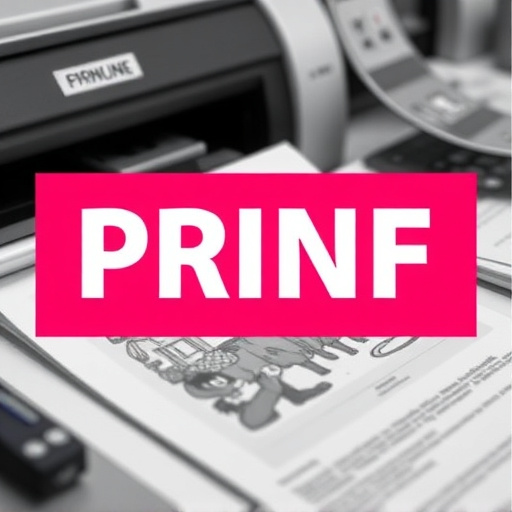
Paper jams and misfeeds are common issues with DTF Transfers Printer, especially when dealing with custom t-shirt printing projects. These problems can be caused by a variety of factors, including incorrect paper placement, dust or debris in the printer, or even using the wrong type of paper for your direct to film printer. To resolve these issues quickly, ensure that the paper is properly aligned and inserted into the feed tray. Regularly clean the printer to remove any built-up residue, and double-check that you are using the recommended paper for DTF printing.
For more stubborn jams or misfeeds, consider checking the print head and ensuring it’s free from clogs or debris. Some printers may also have sensors that detect paper jams; make sure these sensors are clean and functioning correctly. With a bit of troubleshooting, most DTF printer issues related to paper can be resolved efficiently, allowing you to get back to creating your custom t-shirts with minimal delay.
Quickly identifying and resolving issues with DTF transfers printer is key to maintaining seamless printing operations. By understanding common problems like ink levels and paper jams, users can efficiently troubleshoot and prevent disruptions. With these simple steps, you can get your DTF Transfers printer back up and running in no time, ensuring productivity remains uninterrupted.
